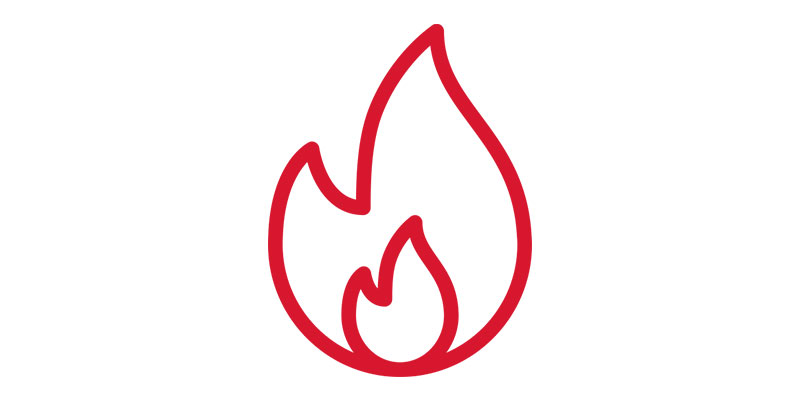Sydney businesses must ensure that they are adequately protected from fire. This isn’t just to ensure compliance with law, but also to protect their employees, clients, and even their property. A fire can cause catastrophic losses in minutes, but many of these risks can be minimized or prevented with the right safety measures in place. The combination of inspections of fires, electrical systems testing and tagging as well as conformity with CFSP rules all contribute to an environment that is safer and also ensures that the business is in compliance with the Building Code of Australia and local standards of the council.

The importance of fire inspections for your safety
Fire Inspections are the first line of defense against potential hazards. They ensure that all components of the building’s fire-protection system are functional and current. The majority of businesses are located in Sydney must conduct inspections at least six times annually, based on the kind of building they are operating as well as the rules of the council. Inspections can cover everything from smoke alarms and sprinkler systems to fire alarm panels as well as hydrants, emergency lighting, and even fire alarms.
The ability to recognize concealed issues and address the problem before they pose a risk is what makes inspections crucial. In a crisis an emergency, a minor flaw on a smoke detector or the fire hydrant’s malfunction could appear insignificant. Through periodic fire inspections businesses owners are not only meeting legal requirements, but also taking active steps to protect their workplace from unforeseen tragedies.
Hidden electrical risks can be identified by conducting tests and the use of tags
Electrical systems are a leading cause of fires in the workplace. This is the reason why testing and labeling should be included in any fire safety program. This includes checking electrical devices for safety, to ensure they’re secure, safe and compliant. Then, a visible tag is attached to the equipment indicating it has passed inspection. This is a condition that is often not an easy one. In many businesses, it’s a precaution against the possibility of a risk.
If left unchecked the old wiring, faulty appliances, or worn out cables could become a fire risk. Regular testing and marking reduces the risk of an electrical fault causing an accident. This also assures employees that their working environment is secure, thereby fostering trust and confidence in the workplace. In conjunction with fire inspections, testing and tagging provides a complete safety plan that reduces risk on several fronts.
The Role of CFSP in Compliance and Certification
In New South Wales, only the Competent Fire Safety Practitioner (CFSP) is able to sign and certify important documents pertaining to fire safety such as Annual Fire Safety Statements. The introduction of CFSP accreditation has raised the standard of fire safety by ensuring that only certified professionals evaluate and confirm security measures. If business owners are working with a CFSP inspections and reports will no longer be merely a piece of paperwork but an accurate evaluation performed by professionals.
The CFSP’s job is more than performing checks on boxes. These experts evaluate the performance and state of fire protection systems and present complete reports. They also ensure compliance with regulatory requirements. Without CFSP certification, businesses could face fines, legal complications, or even shut downs if fire protection measures are deemed insufficient. Partnering with accredited professionals ensures that the systems for fire safety are in place correctly and that compliance obligations are met without unnecessary stress.
Safety in the Fire Service as an ongoing Commitment
Each business owner is responsible for ensuring that they have a responsibility to ensure that fire safety is a priority. Regular inspections and testing of electrical equipment, in conjunction with proper certification through CFSP ensure a safety loop that will never end. Beyond compliance with law and ongoing monitoring, this approach helps to create the culture of safety in the workplace. Employees feel secure knowing that clear evacuation procedures are in place, smoke alarms are functional and the emergency lighting has been tested and fire-fighting systems are ready for use.
Implementing fire safety as an ongoing process, rather than the annual checkbox reduces risks but also strengthens the company’s image. When safety is prioritized, clients and customers feel safer. In the long run, proactive fire protection can save money through preventing expensive damage, fines or legal battles. Also, it protects every person in the structure.
Conclusion
Sydney’s fire safety system is an intricate process that includes inspections and testing, tagging, and an official certification by an CFSP. Each part is crucial in making sure that businesses adhere to the laws, and more importantly, ensuring that individuals and their property are safe. Safety is an integral component of the business process not a flimsy consideration. Companies can fulfill their legal obligations and build an even more secure and resilient atmosphere in the near future if security is an integral part of everyday operations.